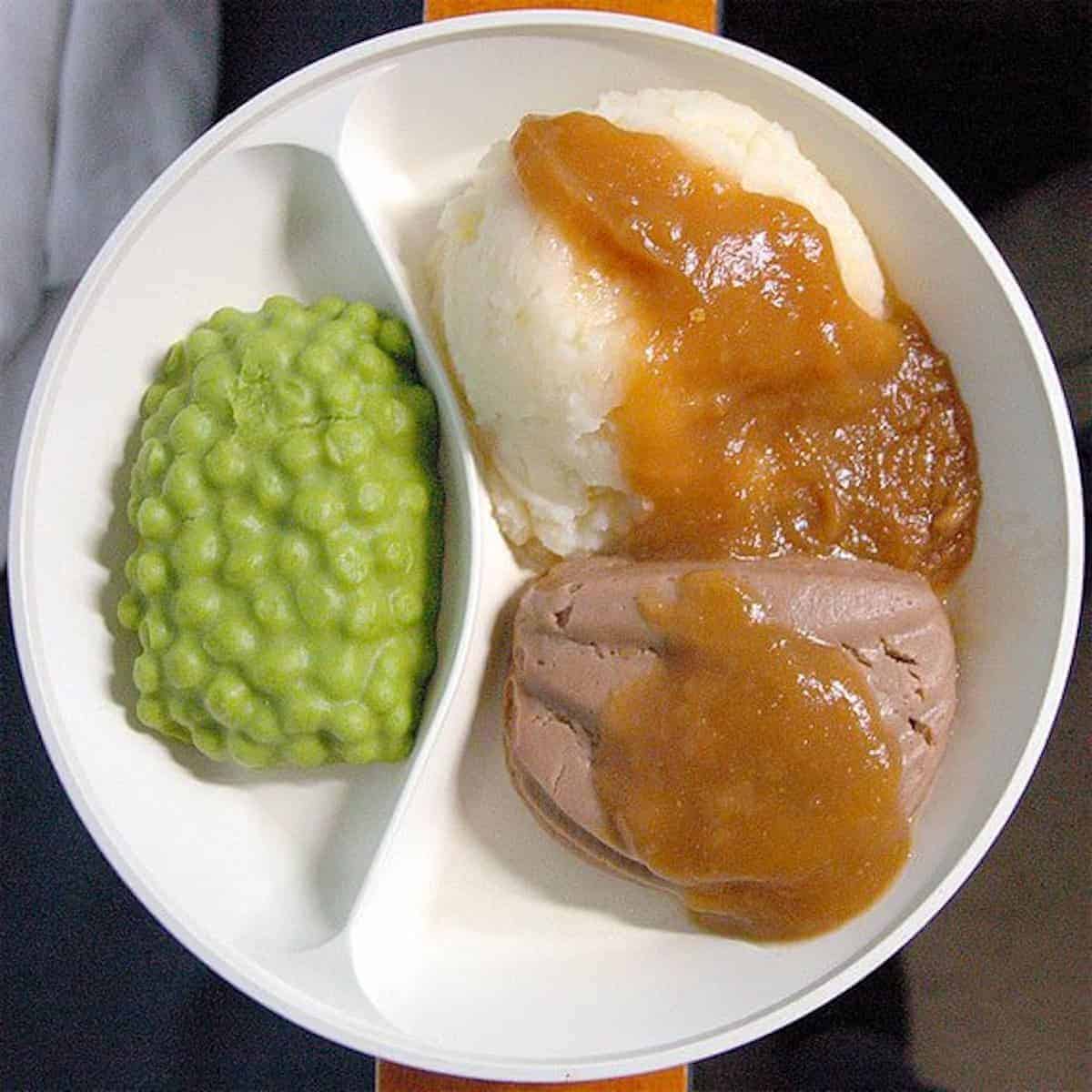I was quite inspired yesterday when I saw an article in the New York Times about healthy hospital food. Healthy hospital food? Yes, this term need not be an oxymoron.
You may want to take a look at the entire article as it is filled with detail and solutions (on a small level, though it’s a start) to our national health crisis. What health crisis? One-third of Americans are diabetic or pre-diabetic which in the coming years could cost our system billions of dollars, along with other diseases related to lifestyle.
Last week I discussed Mark Bittman’s proposed soda tax as a possible idea for dealing with this looming crisis. The response? Most comments were not in favor of such a tax. I want to thank all who left comments on the soda tax post –they were informative and I enjoyed the lively debate.
Today, I want to take a different approach by looking at examples of individuals and institutions that are changing our food landscape through innovation and new ideas.
Here’s a great example. More than two years ago, in the wake of dismal patient food ratings, New Milford Hospital revamped its food service operation. It also instituted an “aggressive healthy-food initiative.” Some of the changes included eliminating the cafeteria’s deep fryer, as well as no longer using canned or processed foods.
“The hospital’s food service rating soared,” said Marydale Debor, a former vice president of external affairs at New Milford Hospital and a co-founder of the web site Plow to Plate, a grass-roots effort to bring local food and agriculture to the hospital and the community. Ms. Debor also established the cafe’s daily Senior Suppers, which became so popular with senior citizens that a second sitting was added.
The program has its costs and the chef explains how he has dealt with increased costs:

Free exclusive eBook, plus recipes and health tips, delivered to your inbox.
Buying local is expensive and labor intensive, Mr. Gold said, so he offsets the increased cost by buying less red meat and serving low-cost alternatives: protein-rich quinoa citrus salad and portobello burgers, for example. With help from community volunteers, Mr. Gold also installed a rooftop garden.
My father works at a university hospital and growing up I used to go to work with him on the weekends, so growing up I spent my fair share of time in a hospital cafeteria. I don’t recall great offerings back then, though happily, he says things have changed, “in previous decades the choices in my hospital cafeteria were limited, now, however, there is a full array of healthy food.”
So, here’s a new topic for us to chew on: hospital food. Leave a comment and let us know your thoughts on the type of program the New Milford Hospital has implemented. Do you think programs such as this can have an impact around the country? Do you have other ideas? Better ideas? Let us know!






Stacy says
When I was in the hospital for the birth of both my kids I was beyond disbelief at the food. I live in a big city and was at a major, successful hospital. I wanted to go into food service right away to tackle this problem because I felt it wouldn’t be so hard. I think all we need to do is start simple and make a few easy changes and it would improve immensely.
We know about foods that help heal the body – what about teaching that while patients recover. I did a lot of research for my mom when she had a hip replacement. There is a lot of info out there – but none of it given to her by her doctor (that’s another topic!).
Anyways, I was busy with my newborn babies and forgot this issue. It sure is a good one.
Kerry says
Recently while recovering from out-patient surgery, one of the requirements to go home was to eat. The nurses were only able to offer me things containing gluten. My mom out of frustration went to the hospital cafeteria to find something I could eat. She was able to find some gluten free packaged brownies. It was quite an eye-opener for the nurses that in the department they were unable to help me.
Melissa says
When I was giving birth to my second child I was so surprised with the hospital food. I called ahead to make sure they could accomodate my food issues. NO gluten, dairy, eggs, or soy. My first meal came and it was ladden with gluten and dairy. When I pointed that out, they had to find something else for me to eat and they had a hard time, there was very little I could eat….things like rice cereal. They ended up giving me Nu Go bars mostly. I kept my stay to 24 hours and went home. Oh and I had gestational diabetes and most of the stuff they brought me was so high in carbs. It’s not that hard to accomodate most people with food allergies. Usually fresh veggies and fruit and meats will do it. How hard can that be? Lord knows they charge enough for being in the hospital, they should be able to serve better food.
Strapped for Cash says
I love the idea of bringing the local food movement into hospitals. Unfortunately, we kind of have to walk before we can take a jog. I would be thrilled to just get fresh fruit and vegetables (beyond mealy apples and overripe bananas) into hospitals. Actually, even more crucially, my suggestion is that a more basic approach to making fruits & Veg appear *everywhere* is to make them affordable.
I have to tell you: In moving back to the states from living in Europe, the price of fruits and vegetables makes eating them almost a class issue. Seriously. There is absolutely no question in my mind WHY people are going out to eat and eating boxed food or why hospitals and schools use instant food instead of fresh! It’s expensive for working peoplea nd people who need to turn profits to stay employed! If the federal minimum wage is $7.25 and a pound (not a KG!) of tomatoes at the farmer’s market costs $5-$7 where mac and cheese is $.89-$1.25… well… it’s going to take basic economics to make real change. If folks want an effective tax cut, give one to the people who sell fresh fruit, meat and veg. Even more if they sell directly. Then you do 2 things: 1. you encourage producers to sell directly (and all of the things that go along with that) and 2. You have evened out the playing field between grocer and farmer.
It’s very basic, but it’s a big step towards the goal of fresh, delicious food in our institutions.
Steve Kruzich says
Bypass the grocer. I raise veggies in my aquaponics greenhouse and on my land using fish waste as fertilizer. Fresh fish fresh veggies that can be picked on demand.
I charge grocery store prices for naturally grown product that is better than organic as i use zero chemicals.
Give you an example, i sell fish live. You can come pick them out or i will deliver for a 25.00 delivery charge. They are iced down immediately from the tank. 5.99 a lb. Same price as dillons grocery store for their frozen fish.
Veggies, i pick a order as needed washed boxed and ready to use. Napa cabbage i sell for 1.00 a lb. Korean mu is 1.00 a lb. lettuce mix 2.00 a bunch etc.
You go to dillons or any grocery store like them and you will pay 2x-3x that price.
Lauren says
This would be awesome. I have been wanting to start something here in Pittsburgh with all of our hospitals. My husband is an orthopedic surgeon and he has extremely limited choices when he visits the cafe to eat. When we visit him we have the choice of juice, or nothing. Even the bag of nuts they offered were tossed in wheat starch and high fructose corn syrup and that was in the Children’s Hospital. Vending machines filled with junk to drink and eat abound but local, fresh food isn’t a choice. Thanks for sharing this, Elana.
Denise says
Soemthing needs to be done about hospital food, it is terrible. On top of it being unhealthy, almost all hospitals outsource their food service to companies that know nothing about dietary requirements and food allergies. When i had my baby, i had to spend an extra two days in the hospital because i had a massive reaction to gluten in my “gluten free” meal. They serve my grandma dairy all the time despite the charts saying lactose intolerant, and they serve diabetics a meal full of starch because it doesnt have sugar listed.
Jordan says
I work at a small-ish hospital in CT. While I am contracted to a satellite emergency dept, I often pick up shifts at the main hospital. Before going gluten and dairy free, I was always excited. They had really yummy grilled cheese and pasta galore. Now that I live a healthier lifestyle, I dread their soggy salad and overcooked veggies. :(
Dana Zia says
When a dear friend was in the hospital dying, the food was so terrible that the “inmates” actually begged us to go to McDonald’s and bring them food. We were so appalled by this that my husband actually tracked down the head “nutritionist” and asked why the food was so terrible. Her response was that the health institutions are given a strict and very low budget for food. She felt her hands were tied because the only food supplier that would meet her budget was Cisco foods and most of it was made off site at the factory.
Steve Kruzich says
I thank God for dominos pizza. They deliver to your window so you can sneak the pie in your room
zebe says
Since my mom was a dietitian by training, and worked in hospitals & nursing homes, I’ve heard stories. You’d THINK a hospital, which has dietitians on staff, would be one of the safest & healthiest places to eat, but NO. It can actually be one of the least safe places to eat, especially if you aren’t of a mindset to ask questions about the recipes & ingredients. There’s so much messed up about our health care system, that this seems low on the priority list, but not if you’re the one in the hospital with an allergy!
Teresa LeLeux says
During my daughter’s recent hospitslization in Orange County California, I was disgusted by the lack of real, healthy food served. Virtually everything she was served came out of a package. Food is healing, yet none of what she was served would have contributed to her healing. Hospitals have a real opportunity to
educate their patients about healthy food choices and food preparations and yet they give them so few positive examples.